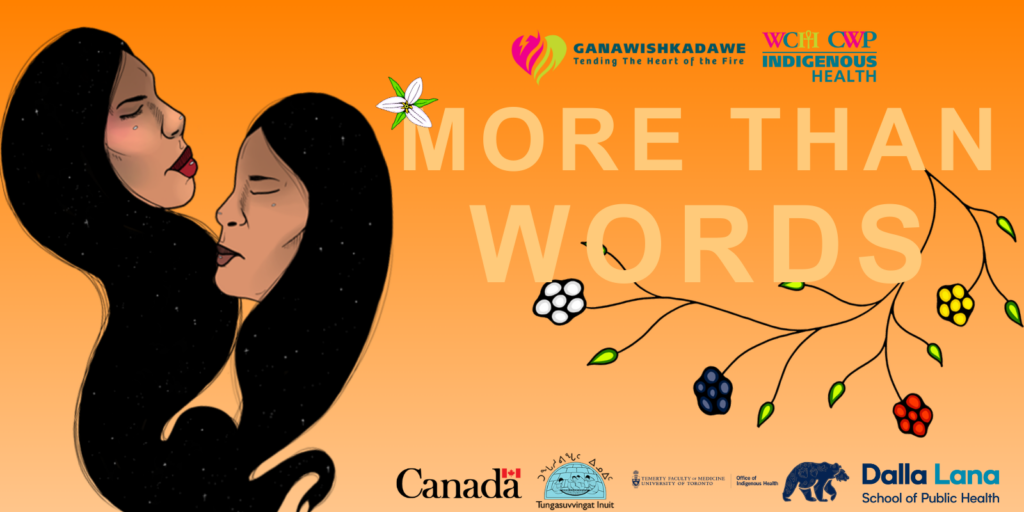
In 2021, the Tk’emlups te Secwepemc Nation announced the discovery of 215 children in unmarked graves outside the former Kamlooops Indian Residential School in British Columbia. This marked the beginning stages of uncovering the unmarked, hidden remains of children at former residential schools across the country.
To date, the sites of unmarked graves are estimated to hold the remains of more than 1,900 previously unaccounted individuals, mostly children. However, across the entire residential school system, the number of identifiable children who are documented as having died while in their custody is over 4,100 individuals; the fourth volume of the Truth and Reconciliation Commission of Canada “identified 3,200 deaths on the Truth and Reconciliation Commission’s Register of Confirmed Deaths of Named Residential School Students and the Register of Confirmed Deaths of Unnamed Residential School Students”. Here are the number of umarked graves that have been presumed found:
| Brandon, MB, Sioux Valley Dakota First Nation: 104 | High River, AB: 34 |
| Marieval, SK, Cowessess First Nation: 751 | High River, AB: 34 |
| Cranbrook, BC, Ktunaxa First Nation: 182 | Fort Providence, NWT: 298 |
| Kuper Island, BC, Penelakut Tribe in B.C.’s Southern Gulf Islands: 160 | Saddle Lake Cree Nation, AB: 19 |
| Williams Lake, BC, Williams Lake First Nation: 159 | Regina, SK: 40 |
| Grouard, AB, Kapawe’no First Nation: 169 | Delmas, SK – 44 |
| Punnichy, SK, Nation Unknown: 14 | Sandy Bay, MB – 13 |
| Kamsack, SK, Keeseekoose First Nation: 12 | Star Blanket Cree Nation, SK – 1 |
| Fort Pelly, SK, Keeseekoose First Nation: 42 | Wauzhushk Onigum Nation, ON – 171 |
| Muskowekwan reservation, SK, Lestock/Muskowekwan First Nation: 19 | Tseshaht First Nation – 17 |
| Battleford, SK: 74 | shíshálh Nation – 40 |
| Joussard, AB – 88 |
As more unmarked graves continue to be found across Turtle Island, we understand that this is incredibly difficult for our Indigenous friends, family, peers, faculty, learners, partners and patients. This is a time to be gentle. To be patient. To be kind.
Indigenous peers, Knowledge Keepers, and those who are a part of our local community as patients, volunteers, and leaders, have stressed the importance of honouring and talking about these undeniable and difficult truths while also recognizing and celebrating the resilience and bravery of the survivors of residential schools and their families. We can carry joy and grief together, and uplift the diverse cultural brilliance of First Nations, Inuit, and Métis knowledge(s), healing practices, languages, art, music, film, dance, and literature while honouring our ancestors and mourning the loss of hundreds of children and bracing for what may come as searches continue.
Before reconciliation must come truth. This time of grief and reflection must also include More Than Words, more than lowered flags… real action is required. We encourage everyone to continue learning about the traditional lands we live on, read the reports and guides available on the GCWP-IH hub.
keep up to date with our NDTR programming on our National Day for Truth and Reconciliation Web Hub.
*WCH’s NDTR activities are presented in partnership with the Office of Indigenous Health at U of T’s Temerty Faculty of Medicine, the Government of Canada, the Tungasuvvingat Inuit Toronto office and the Dalla Lana School of Public Health at the University of Toronto.